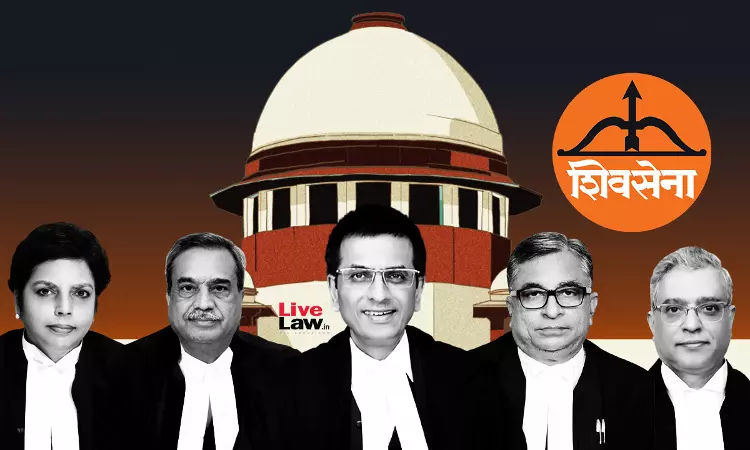Next Story
9 May 2023 10:41 AM IST
The long-awaited judgment pertaining to the rift within the Shiv Sena party between Uddhav Thackeray and Eknath Shinde groups, which led to the change in the government in Maharashtra in July 2022 is expected to be announced soon. The Constitution Bench comprising Chief Justice of India DY Chandrachud, Justice MR Shah, Justice Krishna Murari, Justice Hima Kohli and Justice PS Narasimha...

